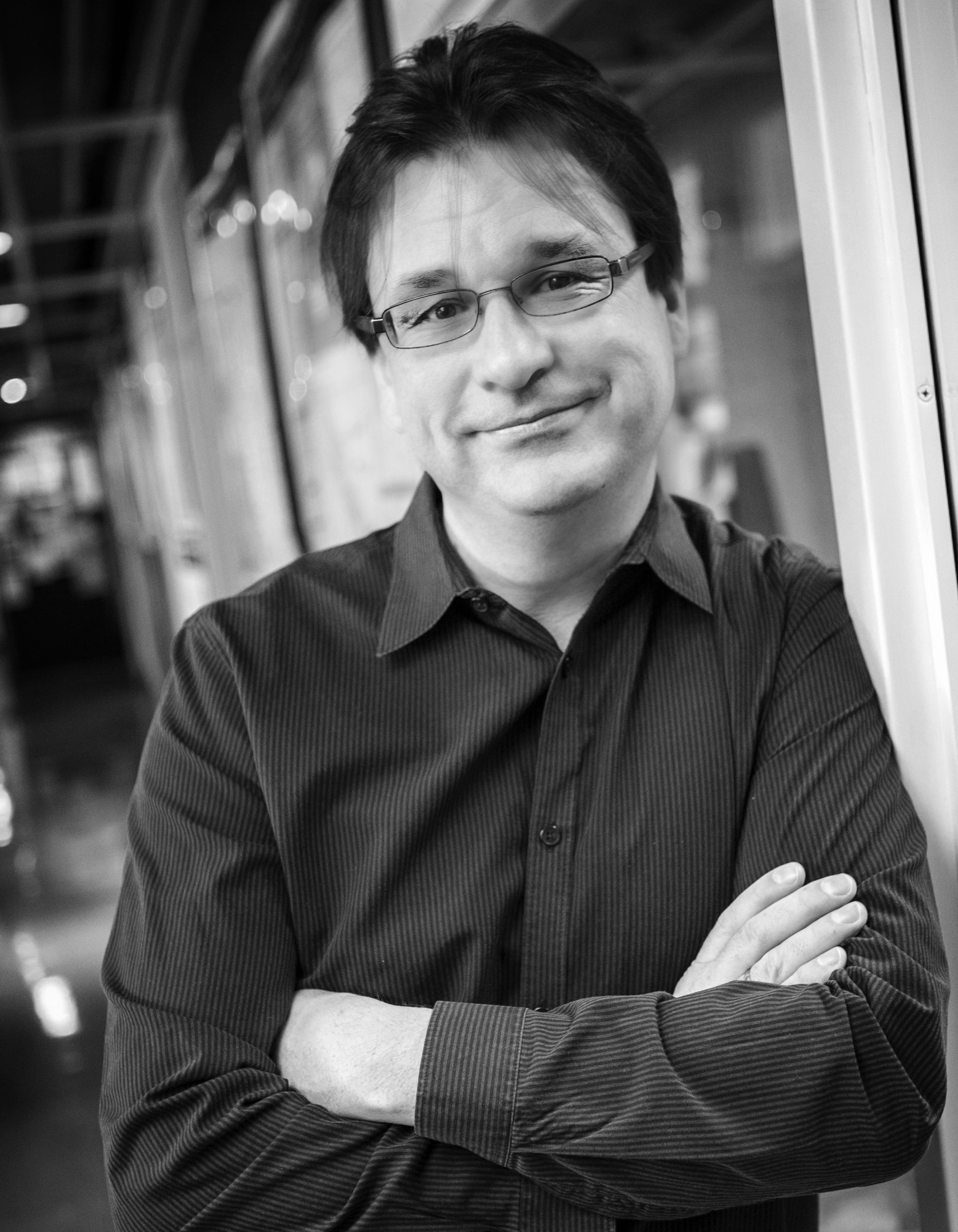Harvard has halted its long-planned atmospheric geoengineering experiment
Harvard researchers have ceased a long-running effort to conduct a small geoengineering experiment in the stratosphere, following repeated delays and public criticism.
In a university statement released on March 18, Frank Keutsch, the principal investigator on the project, said he is “no longer pursuing the experiment.”
The basic concept behind solar geoengineering is that the world might be able to counteract global warming by spraying tiny particles in the atmosphere that could scatter sunlight.
The plan for the Harvard experiments was to launch a high-altitude balloon, equipped with propellers and sensors, that could release a few kilograms of calcium carbonate, sulfuric acid or other materials high above the planet. It would then turn around and fly through the plume to measure how widely the particles disperse, how much sunlight they reflect and other variables. The aircraft will now be repurposed for stratospheric research unrelated to solar geoengineering, according to the statement.
The vast majority of solar geoengineering research to date has been carried out in labs or computer models. The so-called stratospheric controlled perturbation experiment (SCoPEx) was expected to be the first such scientific effort conducted in the stratosphere. But it proved controversial from the start and, in the end, others may have beaten them across the line of deliberately releasing reflective materials into that layer of the atmosphere. (The stratosphere stretches from approximately 10 to 50 kilometers above the ground.)
Last spring, one of the main scientists on the project, David Keith, relocated to the University of Chicago, where he is leading the Climate Systems Engineering initiative. The new research group will explore various approaches to solar geoengineering, as well as carbon dioxide removal and regional climate interventions, such as efforts to shore up glaciers.
That summer, the research team informed its advisory committee that it had “suspended work” on the experiment. But it stayed in limbo for months. No final decision on the project’s fate had been made as of early October, Harvard professor Daniel Schrag, who serves on the advisory committee of the university’s broader Solar Geoengineering Research Program, told MIT Technology Review at the time.
Proponents of solar geoengineering research argue we should investigate the concept because it may significantly reduce the dangers of climate change. Further research could help scientists better understand the potential benefits, risks and tradeoffs between various approaches.
But critics argue that even studying the possibility of solar geoengineering eases the societal pressure to cut greenhouse gas emissions. They also fear such research could create a slippery slope that increases the odds that nations or rogue actors will one day deploy it, despite the possibility of dangerous side-effects, including decreasing precipitation and agricultural output in some parts of the world.
Keith and other scientists laid out the blueprint of the experiment in a paper a decade ago. Then in 2017, he and Keutsch announced they hoped to carry it out, by launching balloons from a site in Tucson, Arizona as early as the following year.
But the project switched locations several times. Most recently, the team hoped to launch a balloon to test out the aircraft’s hardware from the Esrange Space Center in Kiruna, Sweden in the summer of 2021. But those plans were canceled on the recommendation of the project’s advisory committee, which determined the researchers should hold discussions with the public ahead of any flights. The effort was also heavily criticized by the Saami Council, which represents the indigenous Saami peoples’ groups in Sweden and neighboring regions, as well as environmental groups and other organizations, who argued it’s too dangerous a tool to use.

Solar geoengineering “is a technology that entails risks of catastrophic consequences, including the impact of uncontrolled termination, and irreversible sociopolitical effects that could compromise the world’s necessary efforts to achieve zero-carbon societies,” the group wrote in a letter to the advisory committee. “There are therefore no acceptable reasons for allowing the SCoPEx project to be conducted either in Sweden or elsewhere.”
When asked why he decided to stop work on the experiment, and if it had anything to do with the public pushback or delays, Keutsch replied via email that he “learned important lessons about governance and engagement throughout the course of this project.”
“The field of [solar radiation management] has undergone a significant transformation in the last few years, expanding the community and opening new doors for research and collaboration,” he added. “I felt that it was time to focus on other innovative research avenues in the incredibly important field of SRM that promise impactful results.”
Amid the delays to the Harvard project, other groups have forged ahead with their own geoengineering-related efforts. The controversial venture-backed startup, Make Sunsets, has repeatedly launched weather balloons filled with a few grams of sulfur dioxide that it claims likely burst in the stratosphere. Meanwhile, an independent researcher in the UK, Andrew Lockley, says he carried out several balloon launches, including a September 2022 flight that burst about 15 miles above the Earth and could have released around 400 grams of sulfur dioxide.
Despite the public controversy, the SCoPEx researchers earned high marks among some in the field for striving to carry out the field effort in a small-scale, controlled, transparent way, setting down clear research objectives and creating an independent advisory committee to review the proposals.
Gernot Wagner, a climate economist at Columbia Business School and the former executive director of Harvard’s Solar Geoengineering Research Program, said in an email that the cancellation of the project was “unfortunate,” as it had taken on larger significance in the field.
He stressed that the effort “widened the operating space for other, younger researchers to look into this important topic.” In addition, by publishing the plans in a peer-reviewed journal and operating transparently, the group “set a standard of sorts for responsible research in this area,” he added.
“Responsible researchers deciding not to conduct this kind of research, meanwhile, gives ample room for irresponsible actors with all sorts of crazy ideas,” Wagner said.
Harvard will continue to study geoengineering through the Solar Geoengineering Research Program, a multidisciplinary research effort set up in 2017 with funding from Microsoft cofounder Bill Gates, the Hewlett Foundation, the Alfred P. Sloan Foundation and other organizations and individuals. Other current or former projects there include a lab study of other materials that could potentially be used for solar geoengineering and an effort to identify and address some of the larger challenges in governing such tools.
Also on Monday, the project’s advisory committee released a report to highlight the approach it developed to oversee the project and the key lessons learned, in the hope of informing future geoengineering research experiments. It stressed the need to engage with the public early on, to listen to their concerns, and to develop a plan to respond to them.




